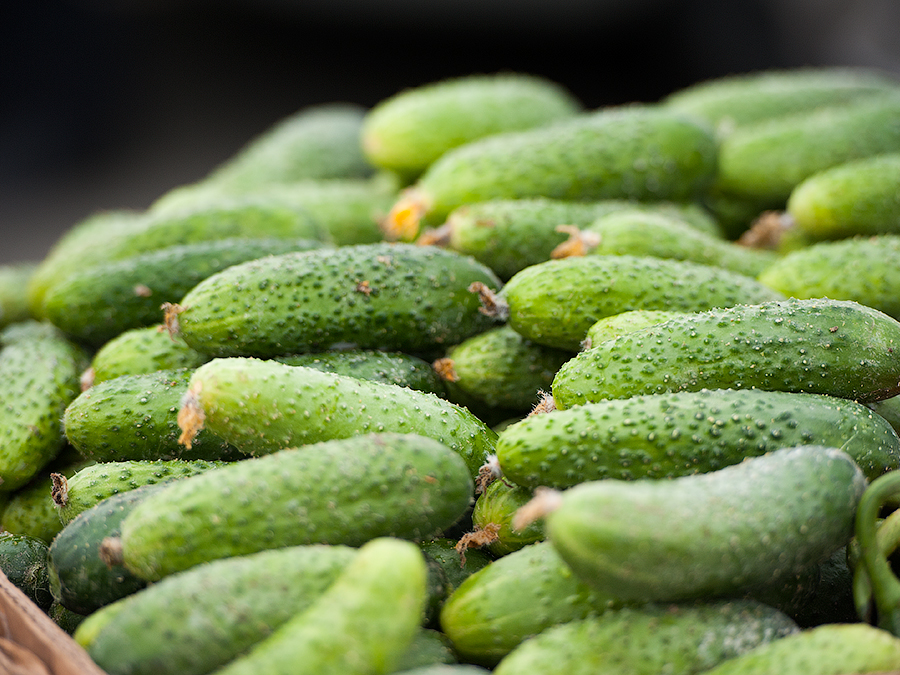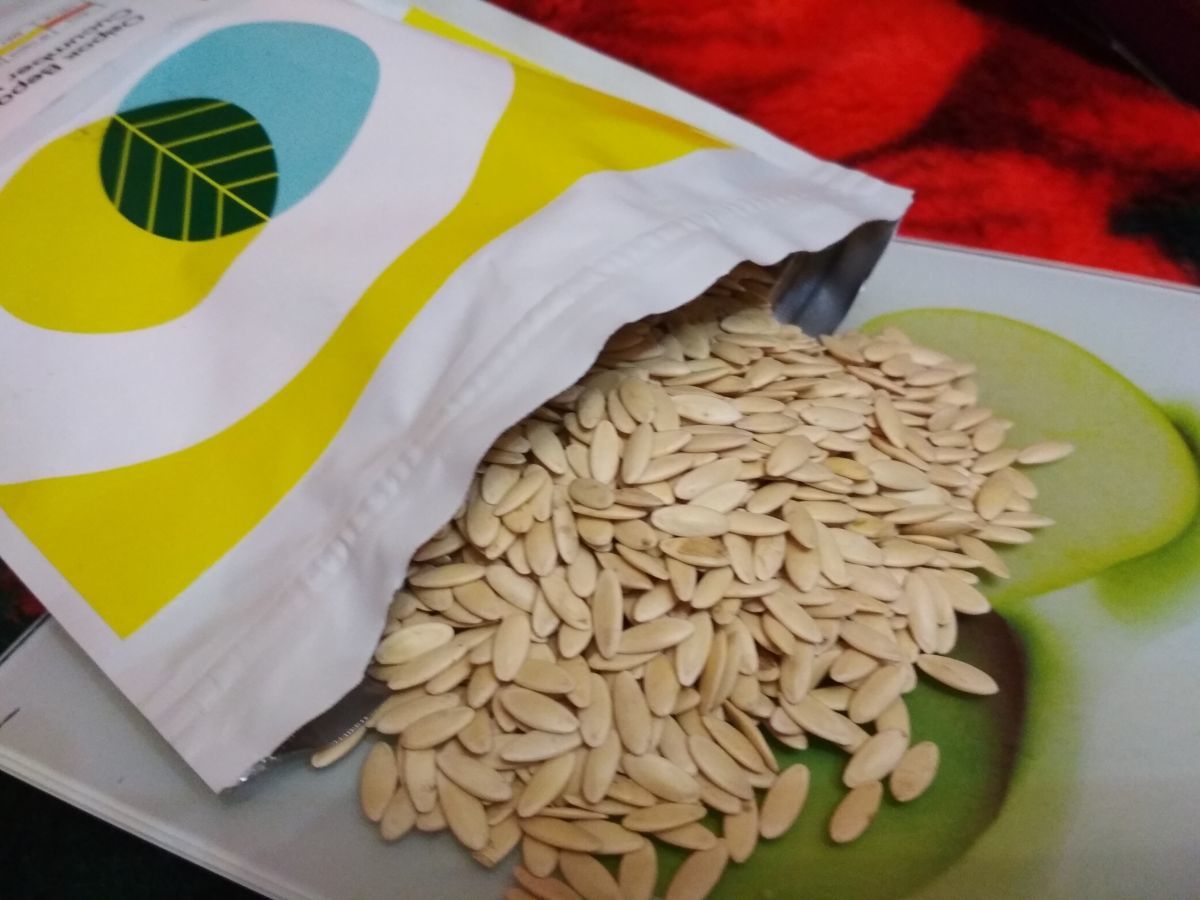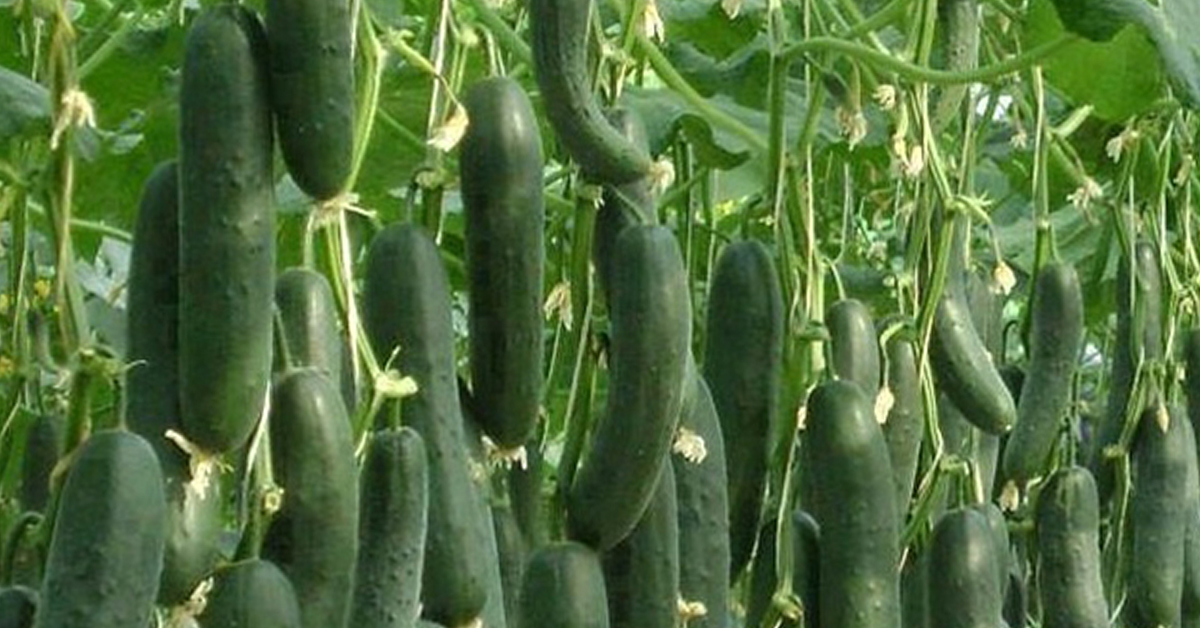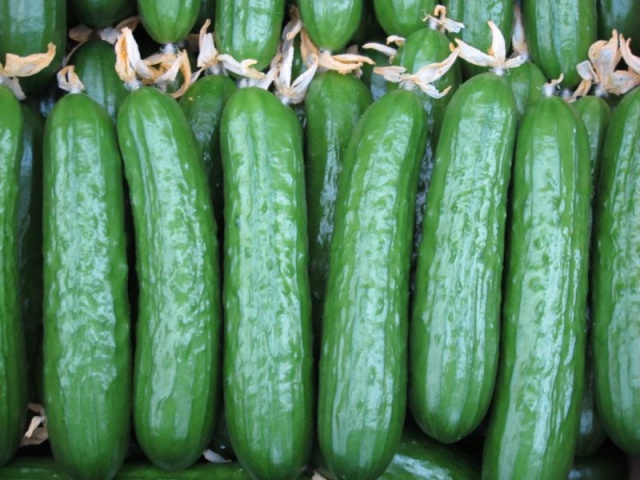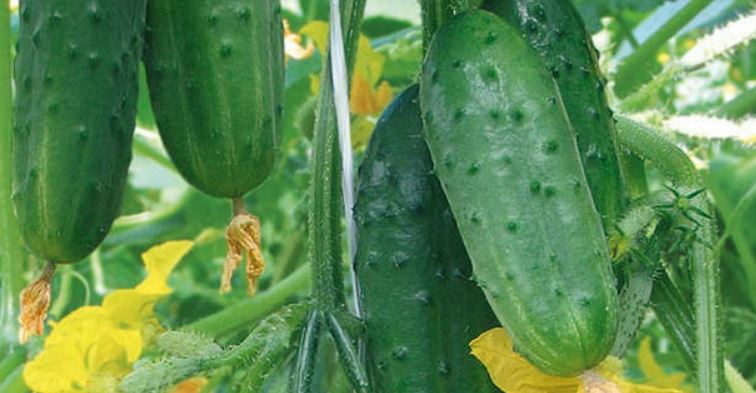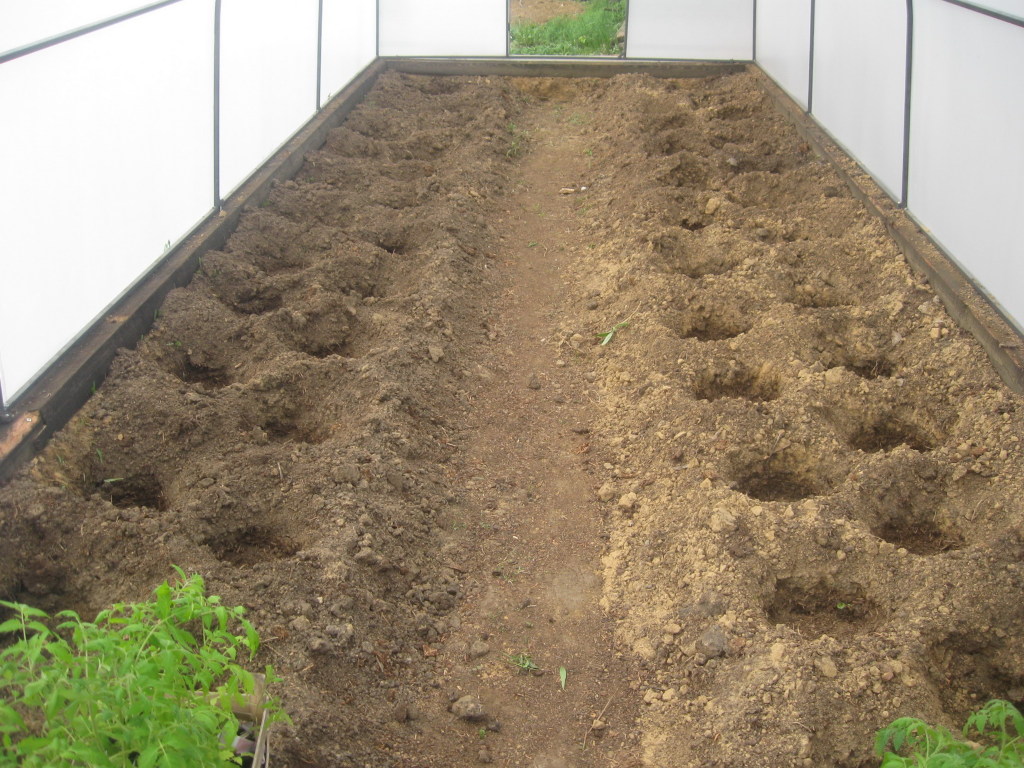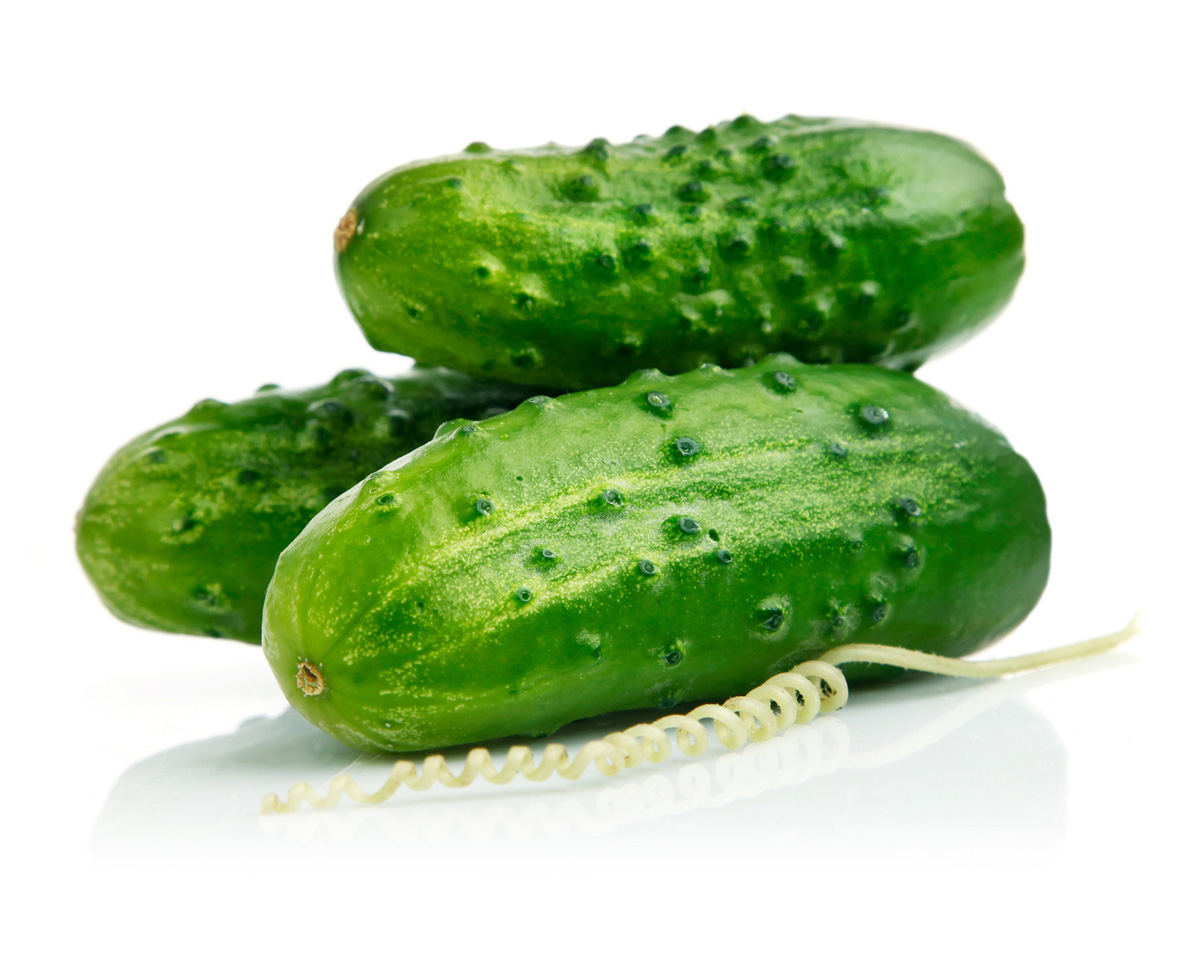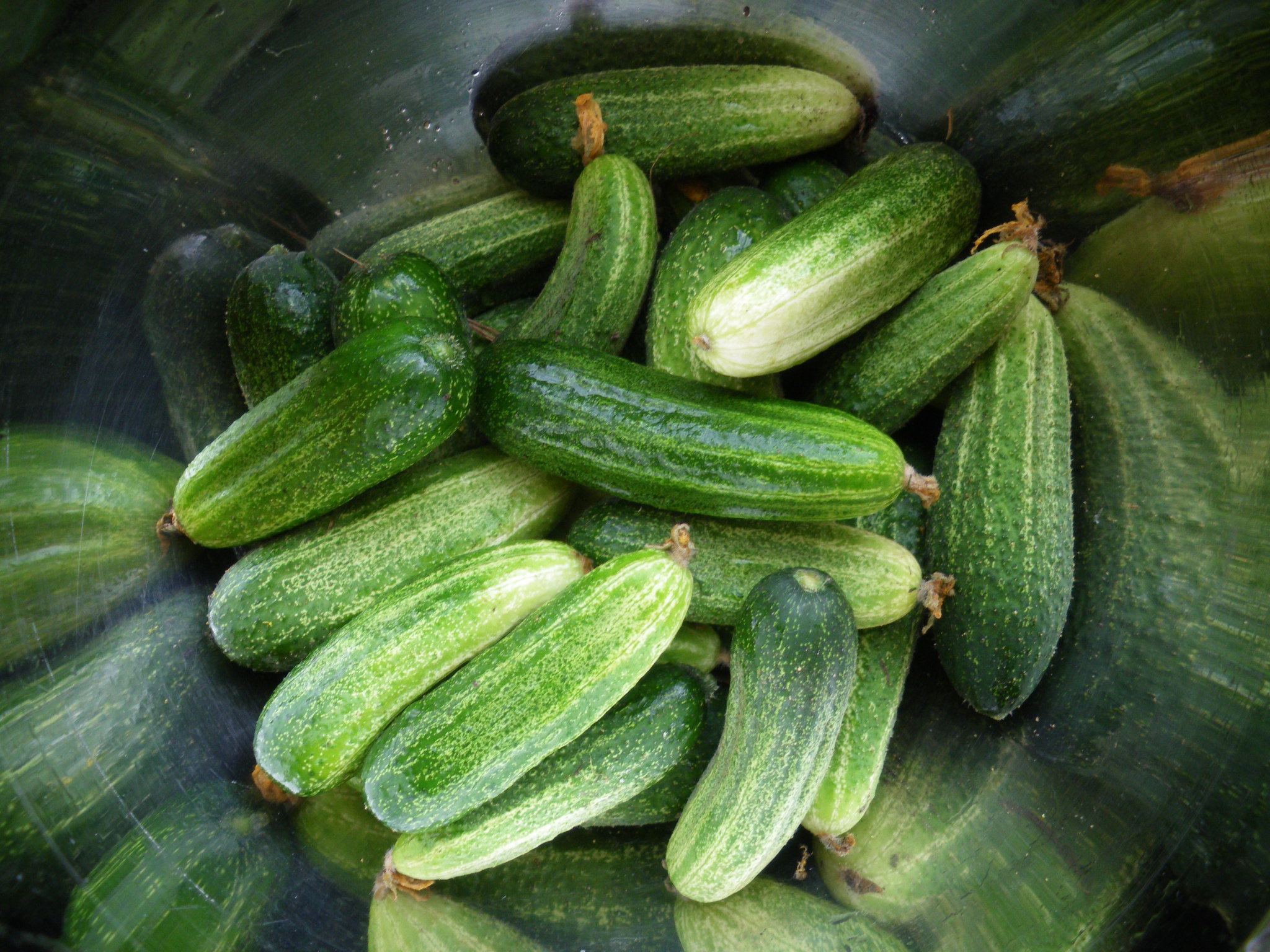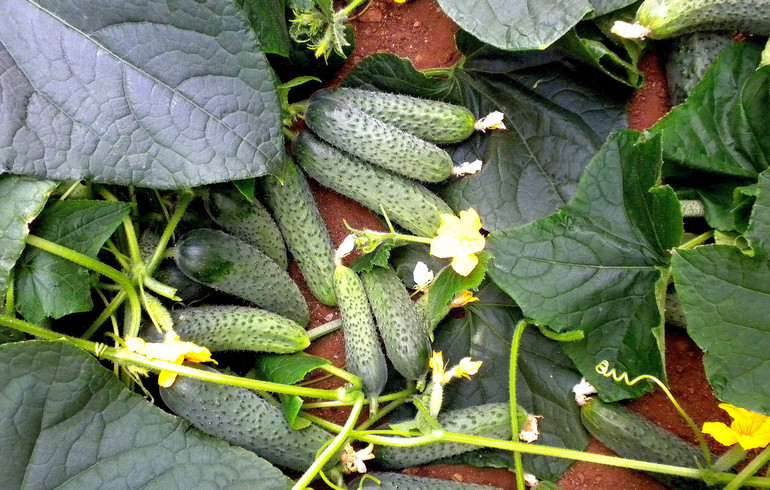Content:
One of the most popular cucumber hybrids among summer residents is the Claudia variety. Its advantages invariably attract gardeners, although such seeds are more expensive than many other good varieties of this vegetable crop.
How to grow this variety, the positive qualities of a cucumber, the main characteristics - all this will be discussed below.
The history of the creation of the variety
Little is known about the creation of this variety. This hybrid is the fruit of the selection of Russian specialists, created at the end of the last century, at the same time it was entered in the State Register and recommended for cultivation in most regions of our country. This hybrid can be grown both outdoors and in greenhouse conditions.
The most common cucumber is Claudia in the North Caucasus and in the Lower Volga region.
Variety characteristics
Claudia f1 cucumbers are considered mid-season in terms of cultivation - from the appearance of sprouts to the collection of the first ripe greens, it takes almost 2 months. The f1 mark indicates that this cucumber is a hybrid in the first generation and has a heterotic effect.
However, it is useless to collect seeds from such hybrids for future planting - they will not have the qualities that are inherent in a hybrid. Therefore, Claudius cucumber seeds have to be bought again every year.
Description of Claudia cucumbers
Shoots - rather long, well forming side shoots. This variety belongs to the parthenocapic varieties of cucumbers - only female-type flowers grow on the lashes of these cucumber bushes, after the flowering of which ovaries appear, but there are no barren flowers - male flowers. Therefore, this varietal cucumber does not require pollination and can be grown in greenhouses, greenhouses, even on a balcony in an apartment.
Seeds can be planted directly in the beds, or seedlings can be pre-grown at home.
This variety belongs to the Pumpkin family, agro- and other measures for the cultivation and care of such vegetable plants are aimed at accelerating the growth of lashes, active formation of ovaries and increasing yields. Claudius cucumber shoots are medium leafy, grow vertically, so it is easier to tie such lashes to trellises or other supports. Such plants are easier to care for and easier to harvest.
The foliage is bright emerald, slightly wrinkled, of medium size.
The disadvantage of these cucumbers is their weak resistance to cold weather - in such conditions, the lashes slow down growth, and the fruits ripen more slowly. Therefore, in the conditions of the middle zone, the Moscow region, the Urals and Siberia, it is recommended to grow the Claudia variety exclusively in greenhouses.
The characteristics of this hybrid would be incomplete without a story about ripe fruits. Ripe greens are about the same size, ellipsoidal. Their length is 9-11 cm, and their weight is up to 85 g. The peel of the fruit is dense, crispy, covered with small tubercles with small thorns, and light pubescence is also noticeable on the fruits.
Zelentsy are slightly ribbed, the color of their upper part is dark emerald, below it is lighter. Thin light stripes may run along the fruit.The aroma of ripe fruits is characteristic, cucumber. The seeds of even ripe greens are tender, small in size, if the fruits are overripe, the size of the seed does not change. The pulp has a pleasant, delicate taste, without bitterness.
It should be noted that this vegetable is highly resistant to most diseases affecting pumpkin plants.
The harvested crop perfectly tolerates long-distance transportation, without losing its excellent presentation and taste.
The nuances of growing and caring for cucumbers
As you know, the yields of cucumbers directly depend on the seed and its correct planting in open ground or seedlings. The seeds of this hybrid are purchased in specialized stores, while you need to look at their release date - seeds that are 2-3 years old have the highest yield. Older seeds should not be planted - they will have worse germination and yield.
Wanting to get a good harvest from these hybrid annuals, seedlings are preliminarily grown at home, with the onset of warmth they are planted in a permanent place in the garden (or greenhouse). It should be transplanted into open ground at the age of 3-3.5 weeks. If the seedlings outgrow, they acclimatize worse in the beds. As a result, the cucumbers planted with seeds in open ground will overtake it in their development.
Therefore, if the seedlings of this hybrid are supposed to be planted in the open ground in the second decade of May, then it is necessary to plant seed at home no earlier than the second decade of April.
Growing seedlings of the Claudia variety does not differ from the cultivation of other varieties of cucumber seedlings. The main requirements to be observed when growing seedlings:
- planting seeds one at a time in peat cups filled with a nutritious loose substrate;
- regular watering;
- obligatory feeding twice before planting in a permanent place with nitrophosphate and complex mineral fertilizer (in turn);
- compulsory hardening of sprouts, begins 10-12 days before transplanting plants to the beds.
After transplanting the sprouts to a permanent place for the first 10-14 days, they should be covered with straw or grass from direct sunlight during the day so that they do not burn the delicate foliage.
Once the plants have taken root in a new location, they will not need shelter.
Organic fertilizers are introduced into the beds where cucumbers will grow in the fall. In the spring, the beds are prepared in advance so that in each of them the cucumbers grow in two rows.
Caring for growing cucumbers consists in regular watering, loosening the soil, removing weeds and applying top dressing several times per season.
Advantages and disadvantages of the variety
The main positive qualities of this vegetable include:
- friendly ripening of fruits;
- there is no bitterness in the taste even during dry periods;
- good productivity;
- the size of zelents is gherkin, so they are most often used for canning;
- this vegetable plant bears excellent fruit in open and closed ground;
- resistant to lack of light.
However, Claudia cucumbers have a number of disadvantages:
- weak resistance to powdery mildew and cucumber mosaic;
- does not tolerate a drop in air temperature.
But in general, this variety grows well in warm regions in the beds in the garden, but when grown in cooler varieties, Claudia is successfully planted in greenhouses, where, with proper care, even larger yields are obtained than in open ground.
